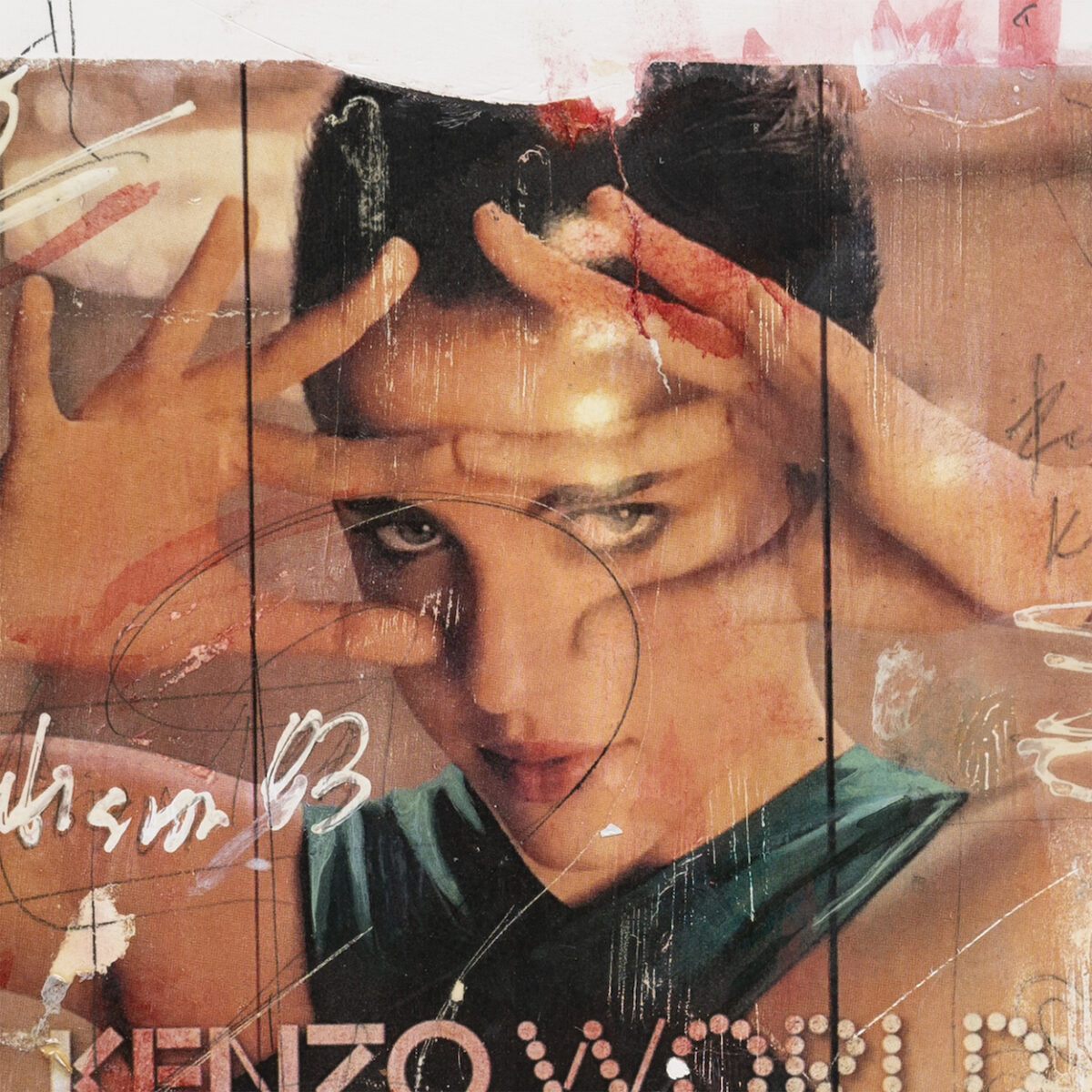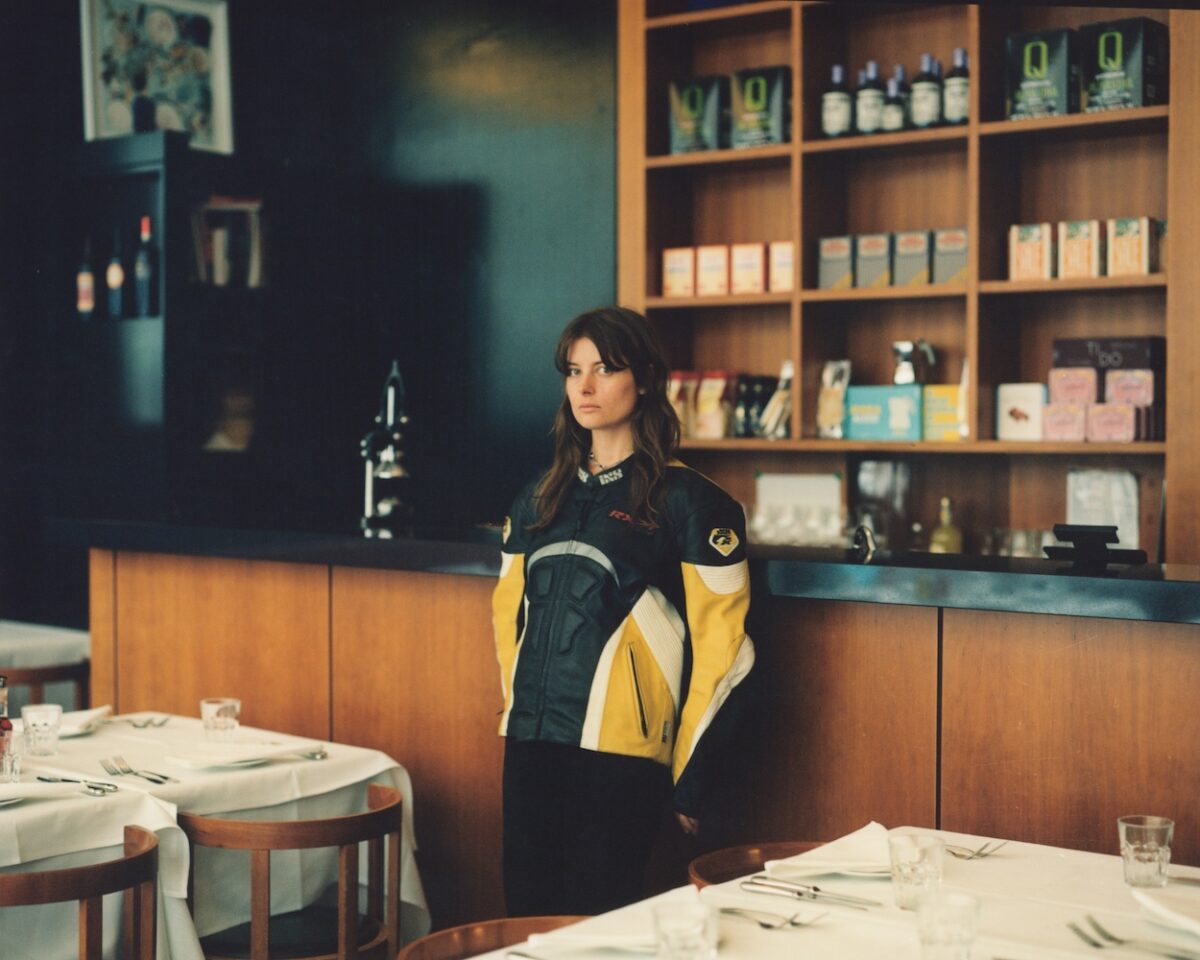Each week, OOR Studio reaches out to various artists, musicians, and those with all-around good taste.
SOUND OF THE WEEK PT. 67: COURTESY
Can you tell us about your artistic journey and how you became involved in the world of club culture?
My first gig in club culture, before I was even 18, was handing out flyers on the street to promote a party in Copenhagen. When I dropped out of highschool I started DJing and began working for a record label.
Your multidisciplinary artistic practice encompasses various mediums such as installation, composition, DJ sets, performances, photography, and video. How do these different forms of expression contribute to your overall artistic vision?
Working with these mediums happened very organically. For example I just started taking sewing courses, working on my own stage outfits. While this is obviously something I always wanted to do, working with fashion and costumes hands-on – it naturally contributes to my artistic vision – and I’ve got assistance in my studio from two beautiful artists from Ukraine, Dim and DimEttra, who are able to help me with the designs going forward.
In your work, you explore the organic growth of relationships between strangers and the intimate moments that arise in transient spaces. How do you capture and convey these experiences through your art?
Euphoria is a central motive in my practice, going through all of the things I do. It’s something I try to both create and capture, which music is a medium very capable of. And Euphoria is also the very essence of the transient relationships between strangers in nightlife, it’s what connects them, what they, ideally, share for one night. I began shooting photos and videos around my gigs when touring, portraying people I found inspiring, before, during and after these euphoric moments.

Your latest EP, ‘Violence of the Moodboard’, draws inspiration from the essay ‘Adam Pendleton and the Issue of Originality in the Digital Age’. Can you elaborate on how the concept of appropriation and copyright violations in the fashion industry influenced your creative process?
The three tracks on this EP were originally finished for commissions in fashion context. Working with pre-existing material is a fine line which is often overstepped in the fashion industry. For my practice, I would say I’m more inspired by the art and fashion scene than the music scene surrounding me. Many of my artist and creative director friends work with strategies of appropriation in ways that show appreciation of the material they work with and their creators. I see my own practice in a similar way, also with my new album ‘fra eufori’, to be released in September which is eight cover versions of pop and trance songs. I pay homage to music and artworks that inspire me. And I trust the process. If I do something–for example producing a song–my handwriting will be ingrained in it, even if it’s a cover.
The cover of your EP features the artwork ‘Patision 82’ by Sofia Defino Leiby. How does this artwork complement and add meaning to the music and concept of ‘Violence of the Moodboard’?
Sofia Defino Leiby is a close friend of mine and an artist I deeply admire. Her work ‘Patision 82′, a small format collage, is part of my art collection. It hangs in my music studio, Studio Vestbirk. In this work Sofia incorporated a photo appropriated from a Kenzo campaign, highlighting her fascination with mechanisms of fashion and consumer culture at large. As research into appropriation, specifically within the realm of fashion, was the theoretical framework for this EP, I strongly felt that Sofia’s work was the perfect fit for the cover.
One of the tracks on your EP, “Hearts,” reinterprets the L.S.G. trance classic into an ambient and euphoric synthesizer arrangement. What motivated you to deconstruct and recreate this iconic piece of music in your own style?
As you said, the song is iconic and I play it a lot in my sets. For me, covering a song is a research practice where I analyze how things were originally composed. I do it out of deep admiration for these tracks.
Another track on the EP, ‘AW23’, entices listeners with its evolving arpeggios that continuously build up but never reach a climax. What emotions or experiences were you trying to evoke with this composition?
In my practice as a touring DJ, I am able to research how people react to music every weekend. DJing is a craft, it’s about story-telling, sensing what the crowd wants to hear and reacting to it. And in the end it’s really about creating euphoria among the dancers, building it from track to track. The same thing happens within individual productions. ‘AW23’ for me was really about playing with these expectations of a classical build-up: the rising energy of the arpeggios without the final relief of a climax.
How do you navigate the line between originality and appropriation in your artistic practice? How do you approach the recontextualization of existing works in your own unique style?
As I said before, I think these two things can go hand in hand. I see what I do as a producer as a form of distillation: taking these fantastic tracks and reducing them to their essence, emphasizing things I love about the original productions. The result I go for are hyper-contemporary songs that pay homage to timeless classics.
Looking forward, what are your future plans and projects? Are there any new artistic endeavors or collaborations that you are excited about?
My first LP fra eufori is coming out in September. It’s a record that is really close to my heart, featuring eight songs, all of them covers of trance and pop classics. For ‘fra eufori’ I collaborated with an array of amazing musicians. Lyra Pramuk, Erika de Casier, August Rosenbaum, Sophie Joe, and Merely to name a few which was a fantastic experience. I hosted an album listening session in Berlin a while ago, where many of my friends heard the pieces for the first time. Now I can’t wait to finally have this record available for everyone.
Interview Julian Witzigmann
Credit CLARA SARTOR, KOFI JOHNSON, AMELIE AMEI KAHN-ACKERMANN





